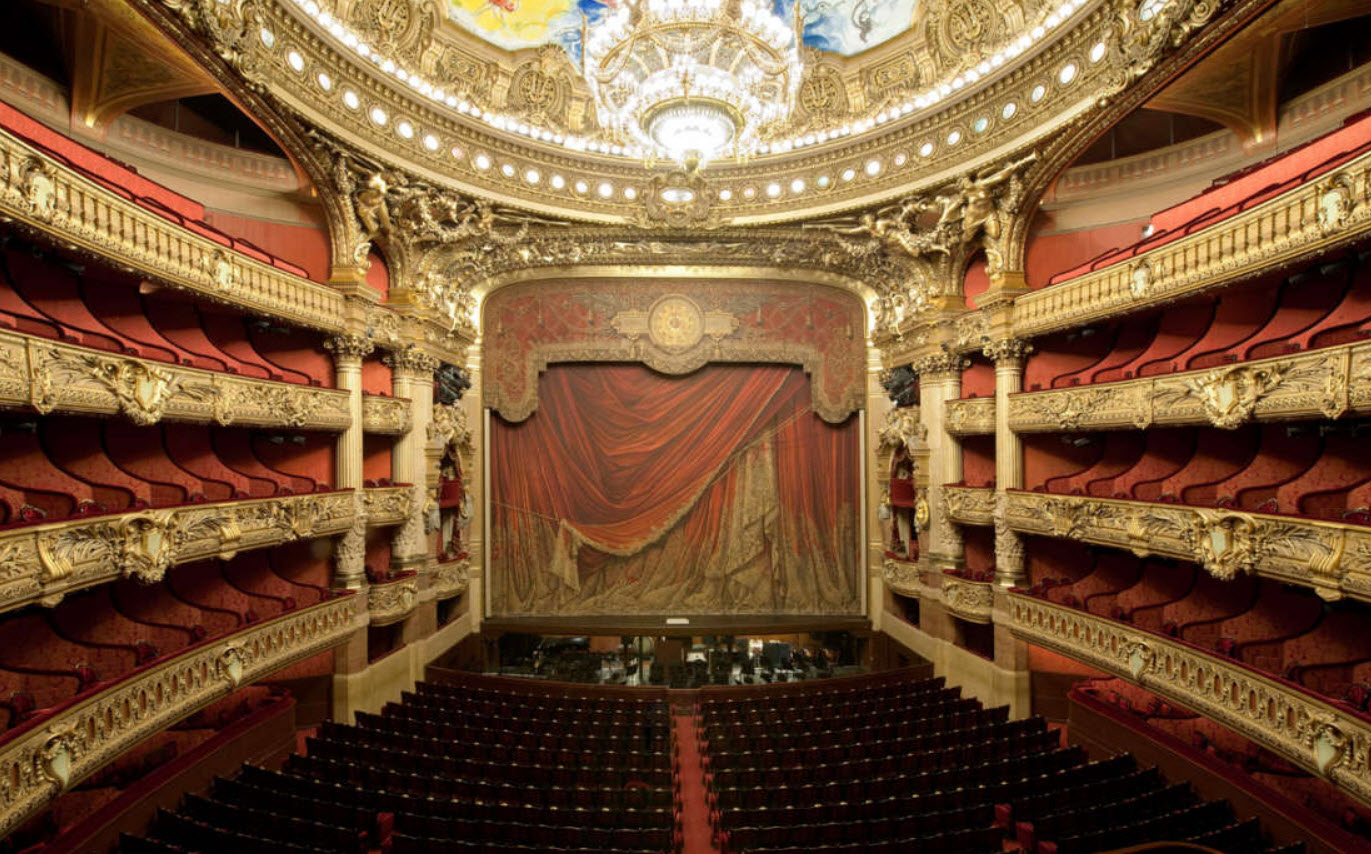


Just as, twenty years later, Buren’s columns put the spotlight on the Palais-Royal, which Parisians had totally forgotten, and were a great improvement on the car park that had dishonoured its courtyard for decades without anyone seeming to care. But then of course Garnier was no longer there to safeguard the unity of his palace of dreams.Ĭhagall’s ceiling did, without a doubt, make the Palais Garnier fashionable again. (That said, he would not remain there for long: less than two decades later, Lenepveu’s design was given the honours of the new Musée d’Orsay.) The action was sacrilegious, above all, with regard to Garnier’s principle of harmony, a principle observed by all the artists working under him, and even, to a certain degree, by Carpeaux. Was this an attempt to smash open the orderly but closed world created by Charles Garnier? A media coup at a time when the media were taking over the world.Īn act of sacrilege? Chagall’s painting now covered the work of another artist, who, like all the pompier (as the nineteenth century academic painters were known), was out of favour. And in fact, Malraux would follow up the year after and commission André Masson to do a ceiling for the Théâtre de l’Odéon. True, there was a recent precedent, the rather unsuccessful ceiling painted for the Louvre’s Salle Henri II by George Braque in 1952. But for this ceiling, the painter received no compensation.In 1960, the Minister of Cultural Affairs André Malraux made what in those days was the bold as well as spectacular gesture of commissioning Marc Chagall to paint a new ceiling for the Opéra. For some Chagall, Malraux’s favorite, he would get rich behind the French taxpayers.

During its presentation, the fresco elicited many comments which were not always favorable. Three assistant painters accompany him in his task: Roland Bierge, Jules Paschal and Paul Versteeg. To design this ceiling, Chagall produced about fifty sketches, in various techniques (pencil, ink, gouache, felt-tip pen, collage) and two final models, one of which will be used to create the final canvas (a model of one square meter and half which was then expanded to its final size of 220m²). Created in one year, this ceiling brings together everything that “makes” Chagall: colors, abundance of winged figures, flowers, musical instruments … The fresco pays homage to fourteen composers and their works.

Chagall had already worked for the world of opera and ballet with the creation of sets and costumes for “The Firebird”, “Daphnis and Chloé” or “The Magic Flute”. The story goes that it is becoming aware of the somewhat sad character of the Opera Garnier room that André Malraux, French Minister of Culture, asked his friend Marc Chagall, who at that time worked on the windows of the Jerusalem Synagogue and of which he was great admirer, to make a new ceiling.


 0 kommentar(er)
0 kommentar(er)
